AW Insect Book: Sawflies, Wasps, Bees & Ants (Hymenoptera)
Posted: Mon Jan 05, 2015 10:34 am
Paper Wasp Belonogaster juncea colonialis
Family: Vespidae. Subfamily: Polistinae
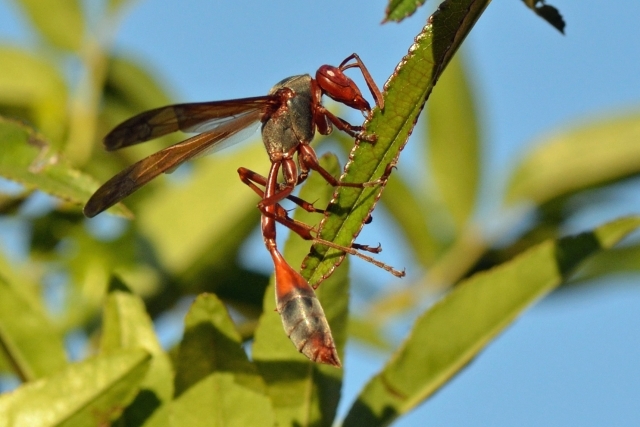 © BluTuna
© BluTuna
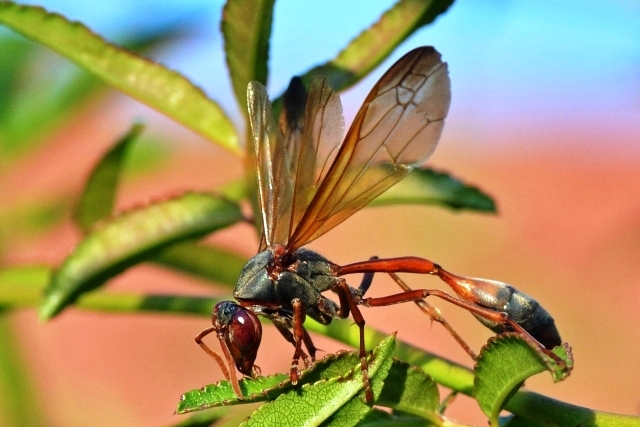 © BluTuna
© BluTuna
Description
Ferruginous legs and gaster, tergites 2+ darkened. Gastral petiole relative short and stout, somewhat widened at apex, gaster posteriorly with close pale tomentum. Wings not black with purple reflections, ruling out race B. j. juncea. Clypeus acute below, not rounded as in male. Mesoscutum, mesopleuron and humeri finely granulate dull with close silvery tomentum.
Face of males: Gena narrow. Yellow dorsal streak on mandibles, sides of clypeus and inner orbits. Yellow spot between antennal sockets. Male antennal segments 9-11 have bumps on inner surface, segment 12 uniformly curved and not dilated at tip. Yellow anterior streak on scape however not visible, and yellow spots on gaster limited to northern populations.
Distribution
Angola, Congo, Democratic Republic of the Congo, Kenya, Malawi, Mozambique, South Africa, Tanzania, Uganda, Zambia, Zanzibar, Zimbabwe.
Biology
Social, constructing communal paper nests. Larvae are fed on chewed-up, soft-bodied insects such as caterpillars.
Links: WaspWeb - Belonogaster juncea
Family: Vespidae. Subfamily: Polistinae
 © BluTuna
© BluTuna © BluTuna
© BluTunaDescription
Ferruginous legs and gaster, tergites 2+ darkened. Gastral petiole relative short and stout, somewhat widened at apex, gaster posteriorly with close pale tomentum. Wings not black with purple reflections, ruling out race B. j. juncea. Clypeus acute below, not rounded as in male. Mesoscutum, mesopleuron and humeri finely granulate dull with close silvery tomentum.
Face of males: Gena narrow. Yellow dorsal streak on mandibles, sides of clypeus and inner orbits. Yellow spot between antennal sockets. Male antennal segments 9-11 have bumps on inner surface, segment 12 uniformly curved and not dilated at tip. Yellow anterior streak on scape however not visible, and yellow spots on gaster limited to northern populations.
Distribution
Angola, Congo, Democratic Republic of the Congo, Kenya, Malawi, Mozambique, South Africa, Tanzania, Uganda, Zambia, Zanzibar, Zimbabwe.
Biology
Social, constructing communal paper nests. Larvae are fed on chewed-up, soft-bodied insects such as caterpillars.
Links: WaspWeb - Belonogaster juncea
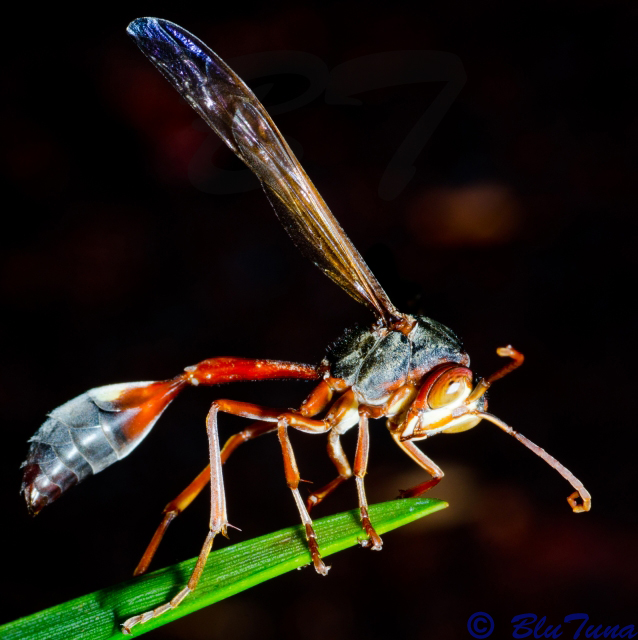 © BluTuna
© BluTuna © BluTuna
© BluTuna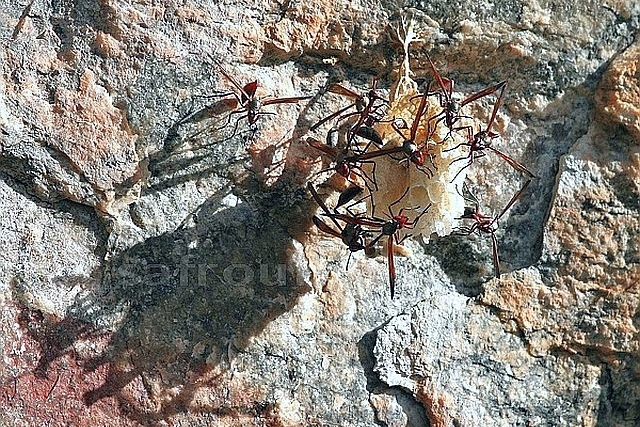 © nan
© nan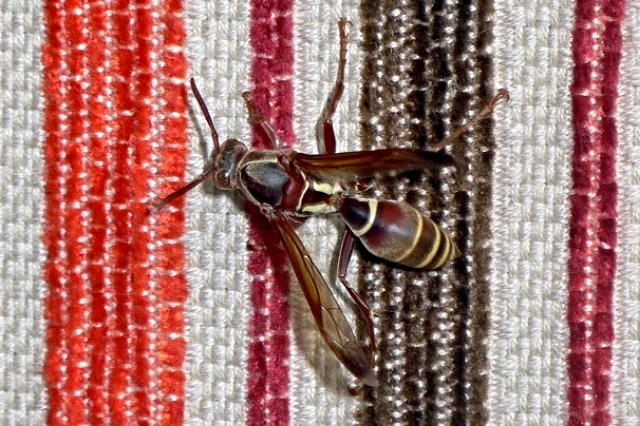 © Dewi
© Dewi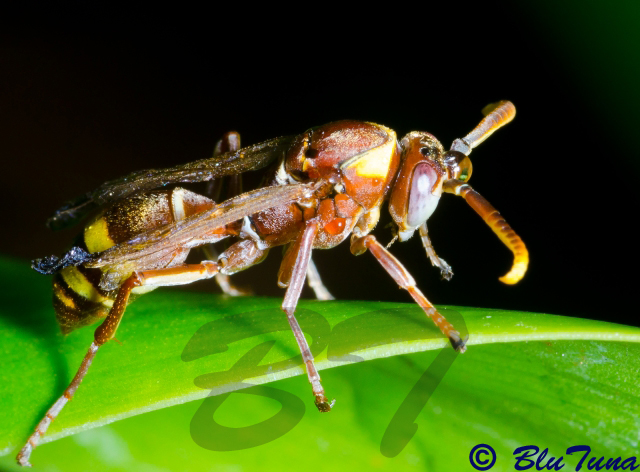 © BluTuna
© BluTuna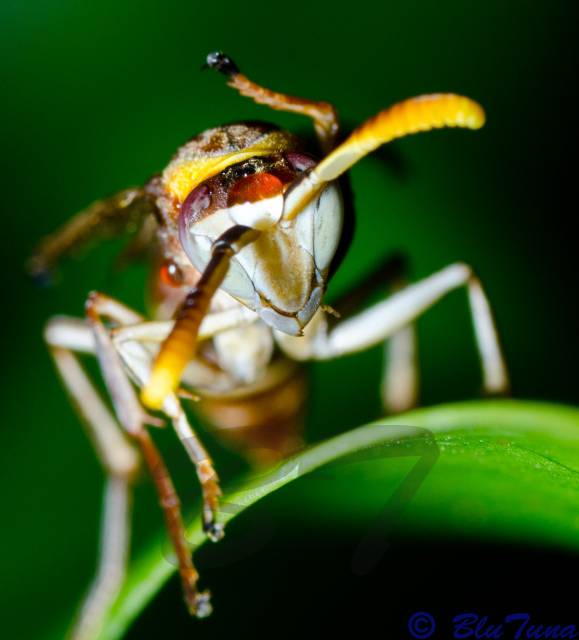 © BluTuna
© BluTuna © BluTuna
© BluTuna © BluTuna
© BluTuna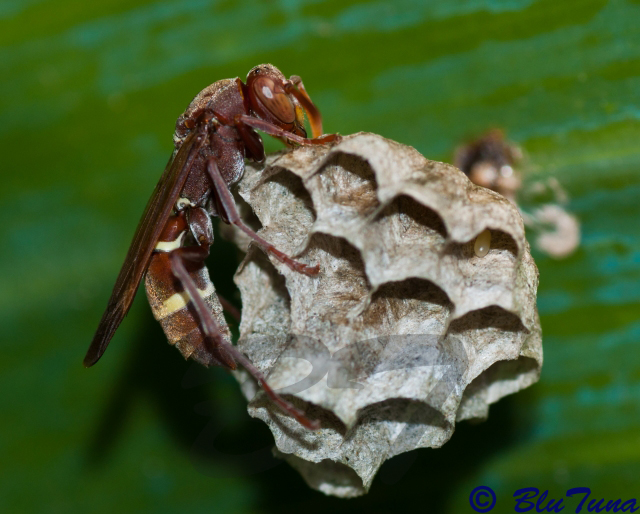 © BluTuna
© BluTuna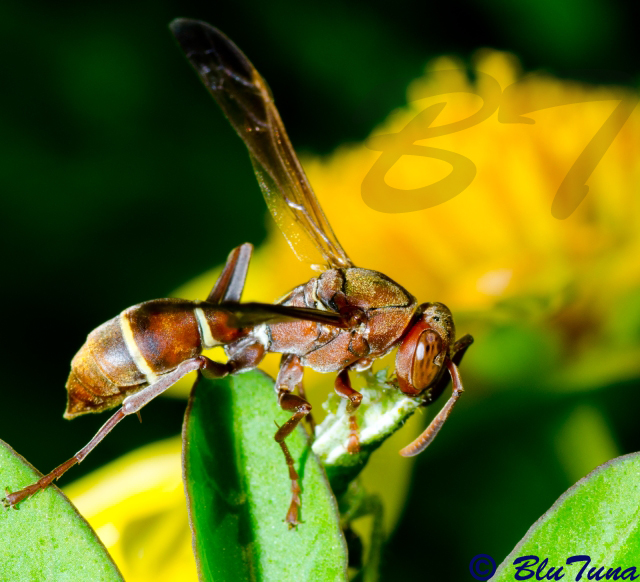 © BluTuna
© BluTuna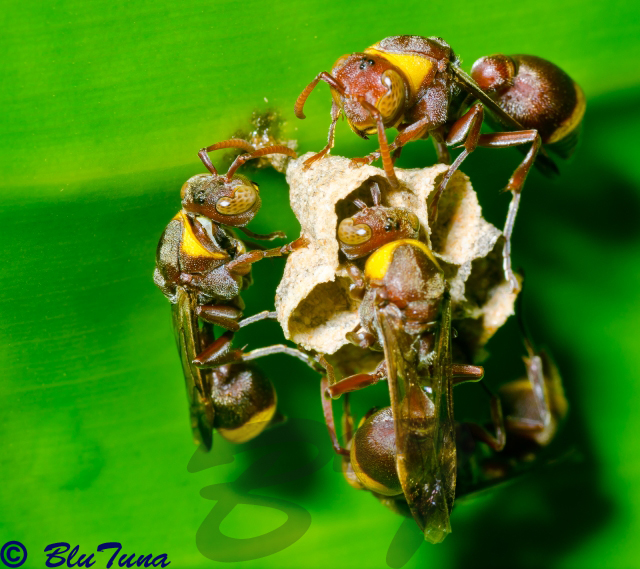 © BluTuna
© BluTuna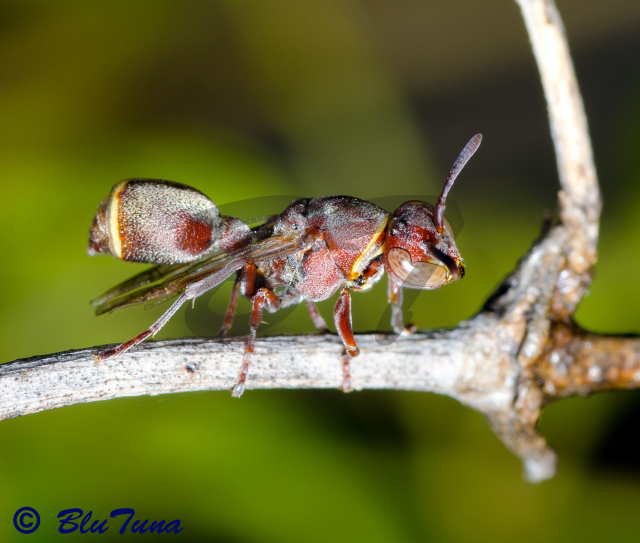 © BluTuna
© BluTuna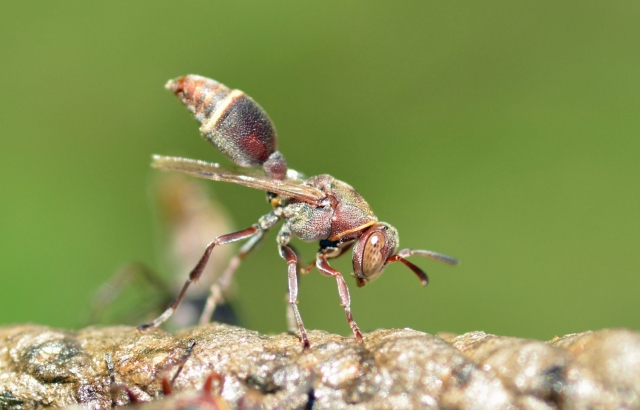 © BluTuna
© BluTuna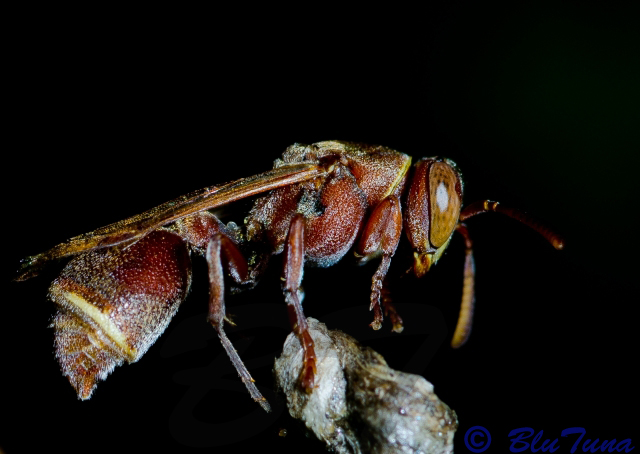 © BluTuna
© BluTuna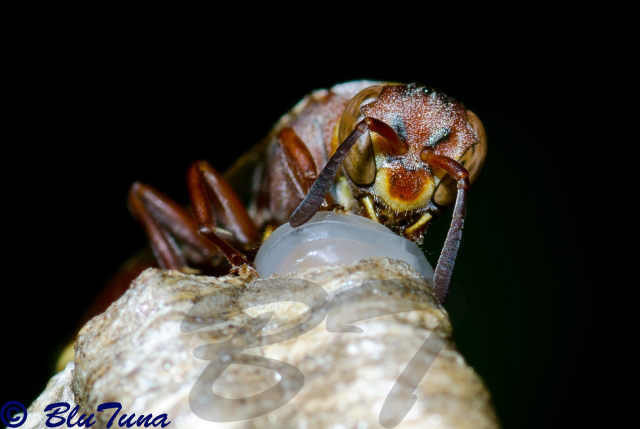 © BluTuna
© BluTuna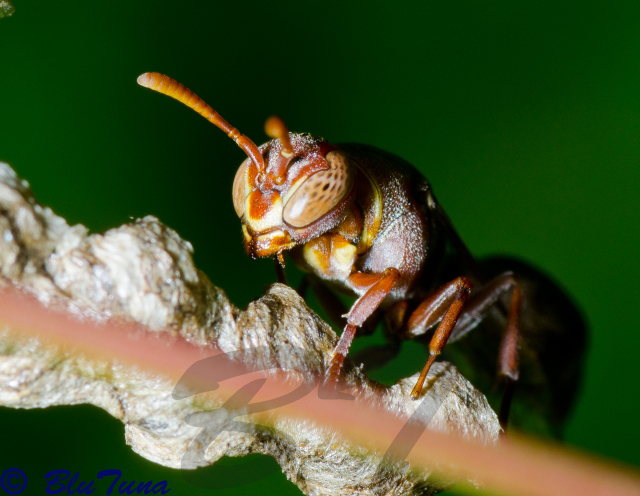 © BluTuna
© BluTuna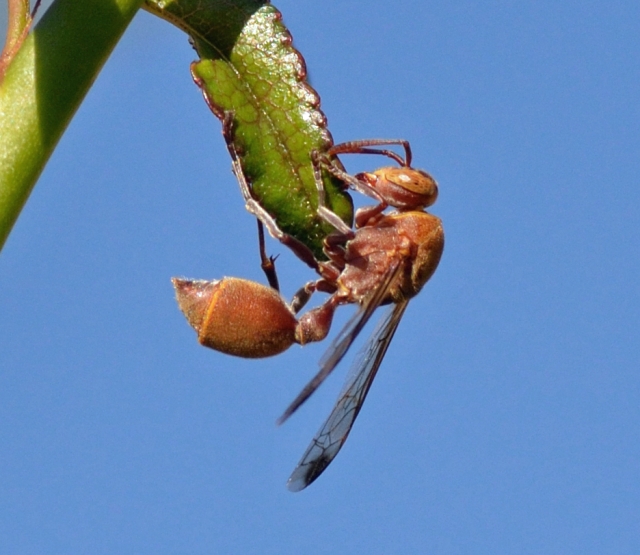 © BluTuna
© BluTuna